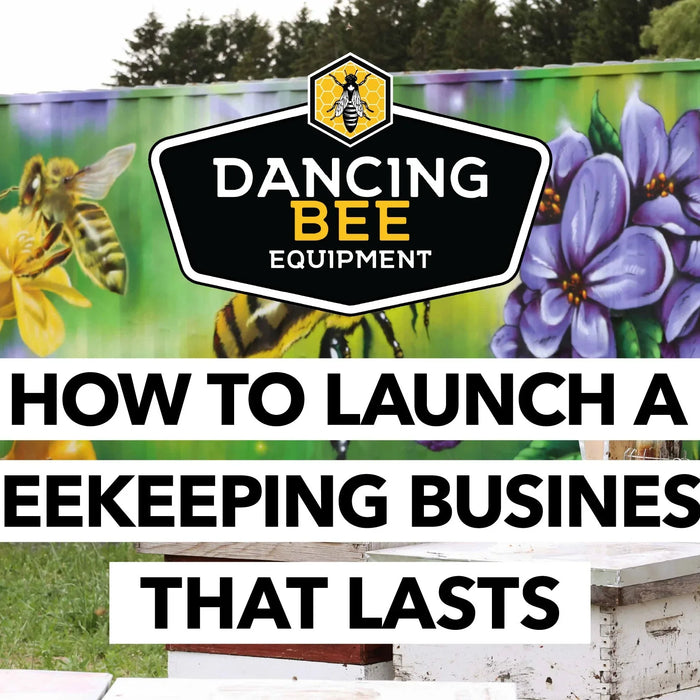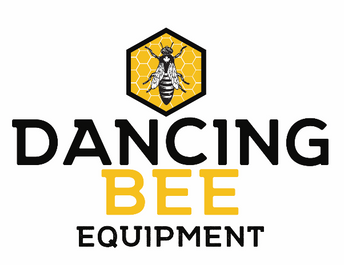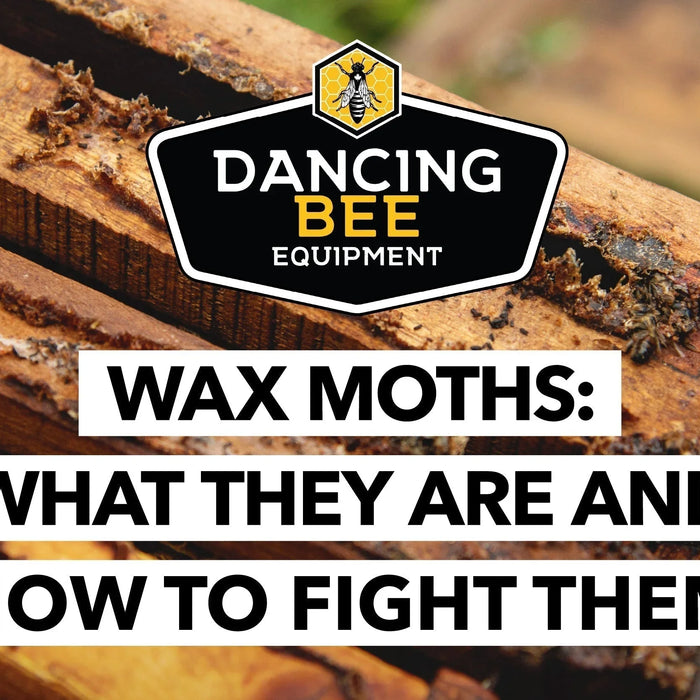Understanding Wax Moths: A Guide for Canadian Beekeepers
Wax moths are a pesky problem that Canadian beekeepers need to watch out for—especially in warmer months, after honey extraction, or when hive conditions aren’t ideal. These little troublemakers can wreak havoc on beehives, damaging the comb and stressing the colony. But don’t worry! With the right knowledge and tools, you can keep them in check. Let’s dive into what wax moths are, how they affect beekeeping, and the best ways to prevent and manage infestations.
What Are Wax Moths?
Wax moths (Galleria mellonella and Achroia grisella) are insects that lay their eggs in beehives. Once the larvae hatch, they tunnel through the wax comb, feasting on beeswax, honey, pollen, and even bee brood. This feeding frenzy weakens the comb, contaminates the hive, and stresses out the colony.
Strong, healthy colonies usually fend off wax moths without a problem. But if a hive is weak—due to disease, low bee populations, or poor management—it becomes a prime target for infestation.
How Do Wax Moths Affect Beekeepers?
Wax moth infestations can be more than just an annoyance, they can also impact your colonies and dent your wallet. Here’s what they can do:
-
Damage to Comb – Larvae chew through the comb, destroying honey storage and brood-rearing space. Beekeepers often have to replace damaged frames, adding to costs and labor.
-
Hive Weakening – As the comb structure deteriorates, the colony struggles to store honey and raise brood, increasing the risk of collapse.
-
Storage Challenges – Wax moths don’t just infest active hives! Poorly stored equipment, especially frames with drawn comb, can become a breeding ground.
Preventing and Managing Wax Moths
While you can’t eliminate wax moths entirely, these strategies will help you keep them under control.
1. Keep Colonies Strong
Healthy colonies are the best defense. Make sure your bees have enough resources, space, and protection from other pests like Varroa mites. Regularly check for signs of disease and address any issues promptly.
2. Use Smart Hive Management Techniques
-
Inspect Regularly – Look for signs of wax moth infestation, such as webbing or tunnels in the comb.
-
Remove Weak Colonies – If a hive is beyond saving, remove and clean the equipment to prevent further spread.
3. Store Equipment Properly
Unused equipment, especially drawn comb, needs careful storage to avoid infestations:
-
Cold Storage – Freezing frames for 24-48 hours kills wax moth eggs and larvae. In colder parts of Canada, storing frames outdoors in freezing temperatures can work just as well.
-
Storage Bags – Use breathable bags or containers to keep moths out while preventing mold buildup.
-
Frame Racks – Store frames in a well-ventilated area to reduce the risk of infestation.
-
Have Bees Clean Extracted Frames – After spinning honey, give your frames back to the bees. They’ll clean up any leftover honey, which will make them less attractive to wax moths.
4. Treat Infested Equipment
If you spot an infestation, act fast:
-
Freeze the Frames – Cold temperatures kill eggs and larvae effectively.
-
Clean and Sanitize – Scrape off heavily damaged wax, clean wooden frames, and make any necessary repairs.
-
Rotate Comb – Replace the old comb regularly to make it less appealing to wax moths. We recommend swapping out frames every 5–6 years.
Conclusion
Wax moths may be a nuisance, but they don’t have to take over your hives! You can keep these pests at bay by maintaining strong colonies, using good hive management techniques, and properly storing equipment.
Need supplies to protect your hives? Visit Dancing Bee Equipment for everything from storage solutions to hive management tools. Let’s work together to ensure a thriving beekeeping season!
Have Questions? Contact our team at Dancing Bee Equipment for expert advice on pest prevention and hive care.




